Intense and Santa Cruz are two brands that have been the cause of sweaty palms and worryingly low bank accounts for countless riders in recent years. Unsurprisingly, the world looked on in awe as they both launched two new enduro bikes recently. But which is better? Is it even possible to pick a winner? It’s time for the Santa Cruz Nomad to face off against the Intense Tracer.

A look at the combatants
The similarities run deeper than just a shared home state of California. Intense and Santa Cruz both emerged in the early nineties and reached cult status. They’ve both invested in Virtual Pivot Point (VPP) suspension, which has resulted in fairly similar frame designs at times. However, the differences between their latest enduro whips, the Tracer and the Nomad, are more striking than first impressions might suggest.
Intense Tracer Elite
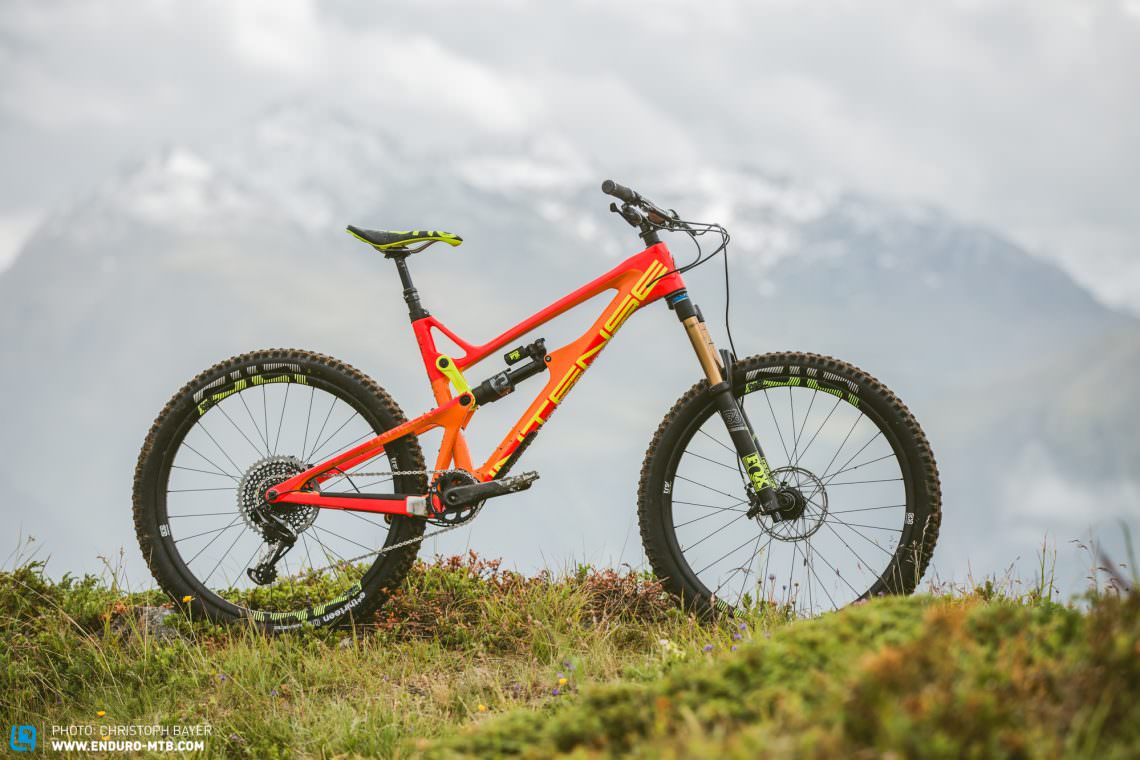

It could have been so easy, but Intense have taken the opposite approach with a complex rear wheel axle that asks you to remove two bolts in order to take out the wheel.
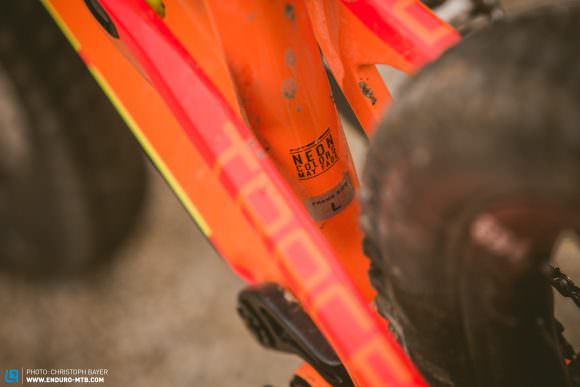
Neon colours aren’t that cost effective, as they fade over time. As a result, those opting for the orange Tracer may have to accept a slightly duller version a few years down the line. If it bothers you, go for the black paint job.
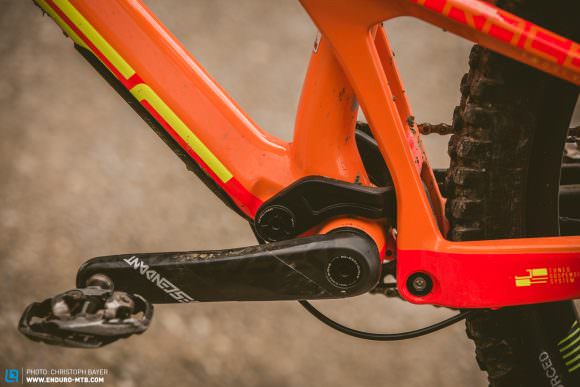
The longer lower rocker arm lends great progression and responsiveness to the Tracer.

A loud design teamed with satisfyingly quiet cables – all except the rear brake cable on our test bike, which rattled.
If you listened to reason, you wouldn’t buy either of these bikes!
Santa Cruz Nomad CC X01
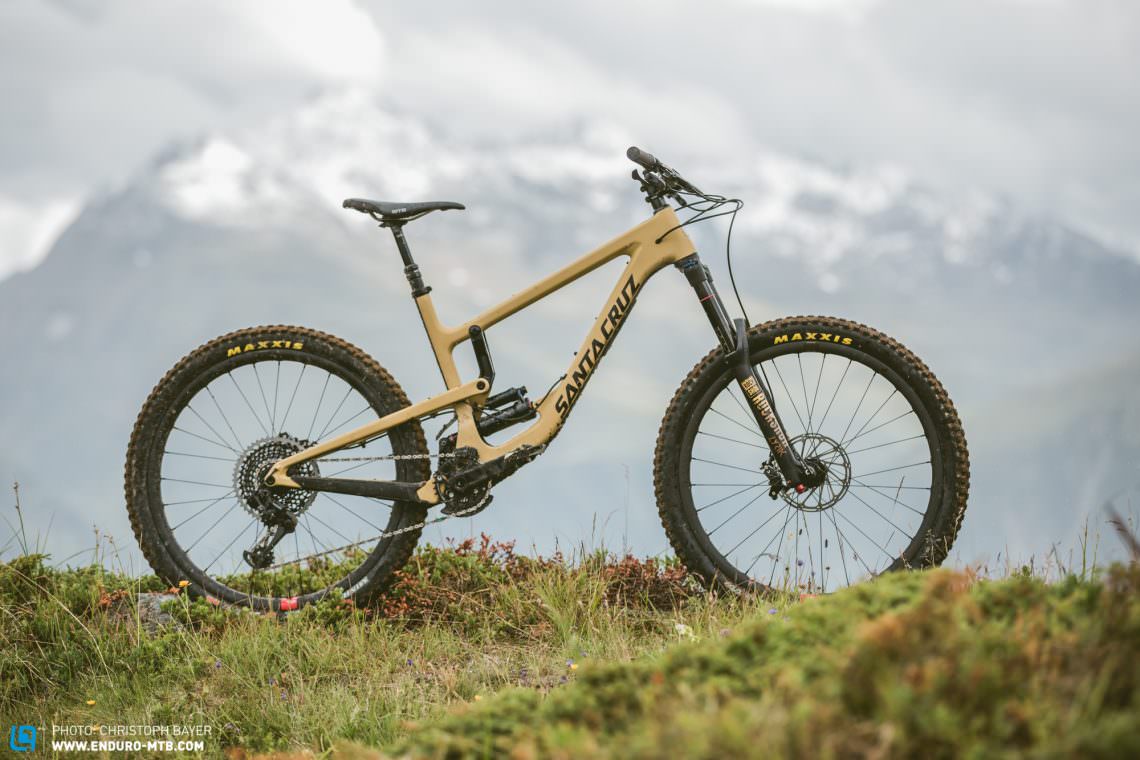
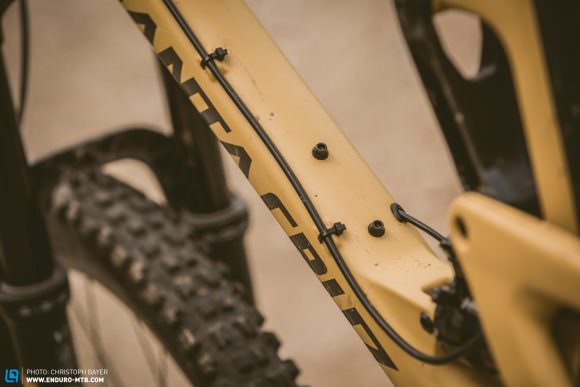
In addition to squeezing in room for a bottle cage, Santa Cruz have also routed the brake cable externally. Practical!
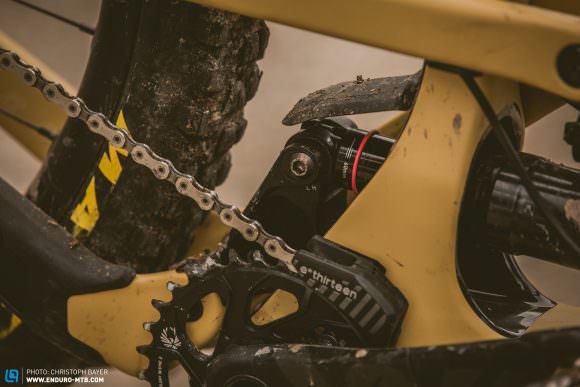
Instead of ‘high’ and ‘low’ this flip-chip should be labeled as ‘low’ and ‘lower.’ Even in the high setting, it’s still quite slack.
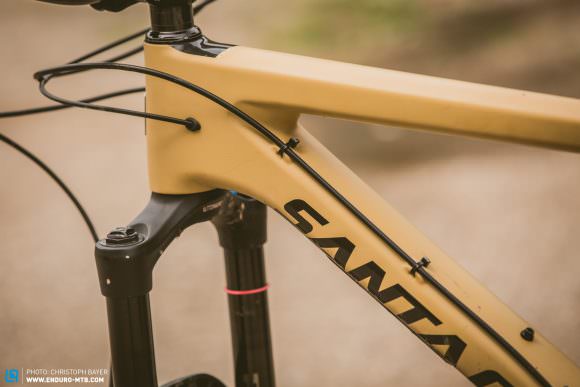
The RockShox Lyrik started creaking in the crown during testing – something we’ve only seen on Pikes up until now.
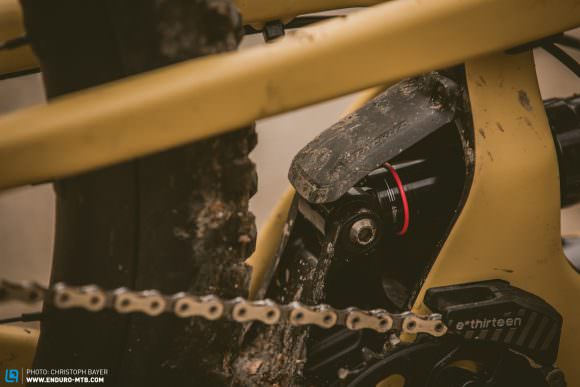
A small mudguard protects the rear shock from debris.
Santa Cruz and Intense have both gone exclusively for carbon, each offering two frame options. The Santa Cruz Nomad comes in five sizes (XS–XL), while Intense give you four (S–XL). Highlights are definitely the lifetime warranty offered by Santa Cruz (including bearings), but with the Intense you still get five years. For our testing we’ve been riding the two second-from-top spec bikes, but unsurprisingly both still come with steep price tags; the Intense costs € 8,198, and the Santa Cruz (with an upgrade to carbon wheels) will set you back € 9,199.
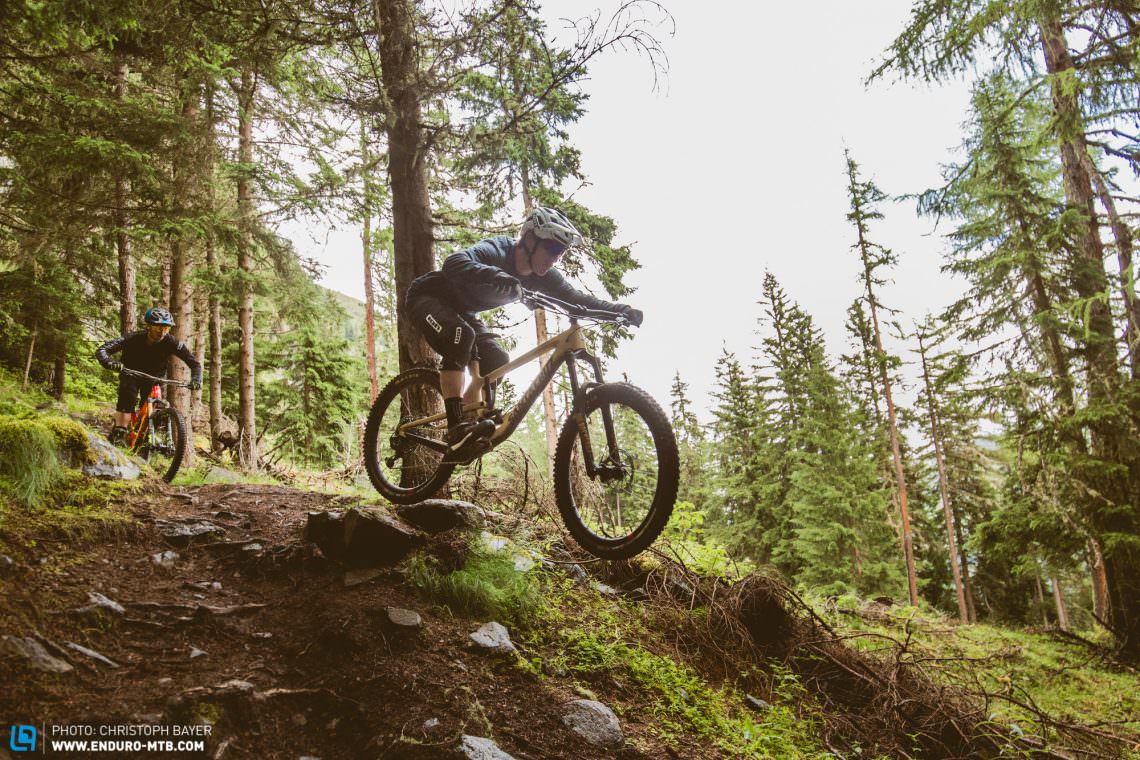
You would expect that at these high prices, the bikes would be perfect. However, both bikes have some notable drawbacks in their spec. Undersized rotors, at 180mm, are unforgivable on bikes with such aggressive intentions. Fortunately, the rest of their componentry shows some good decisions. The Nomad is equipped with Rock Shox suspension, including a Lyrik RCT3 fork and either a Super Deluxe Air or Coil rear shock. The Intense has a FOX 36 FACTORY fork up front and an X2 Performance rear shock. The X2 Performance has marginally fewer external adjustment options than the Factory Model, but is still a great rival. Both bikes come with a SRAM X01 drivetrain. E13 TRS tires are specced on the Intense, while the Santa Cruz comes with MAXXIS Minion DHF.
The geometry – it’s all in the details
At first glance there’s little to separate the bikes’ geometries, with identical 460 mm reaches, and just 2 mm between their chainstay lengths (432 mm vs 430 mm). The head angle on the Nomad is marginally slacker at 65° (or even 64.6° in the slack setting) when compared to the Tracer’s 65.5° angle. This grants the Nomad a 10 mm longer wheelbase. In terms of suspension, Santa Cruz have gone 170 mm front and back, while Intense went for 165 mm rear travel and 160 mm at the front. It all sounds pretty nominal, but these figures translated into pretty significant differences on the trails.
Both bikes perform impressively!

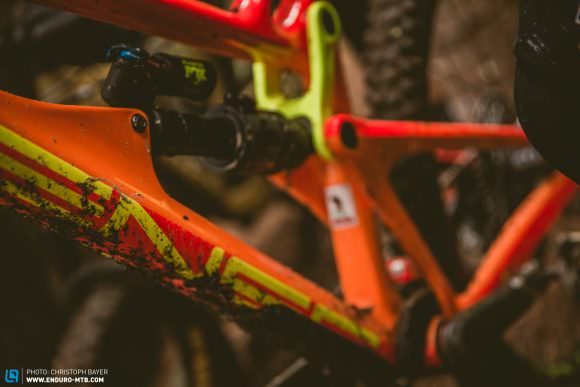
The rear suspension designs in detail
Both brands have been long term users of the VPP design, but this season’s new entrants are a marked step forward. So why the change in tide? Classic VPP designs – as found in both brands’ recent line-ups – have shown great efficiency, but their initial responsiveness has always suffered due to their linear spring rate. With a longer rocker arm (Jeff Steber -Tuned kinematics), Intense have conjured up a whole new characteristic for the new Tracer. Santa Cruz, however, have gone a step further by mounting the rear shock on the downtube rather than the toptube. Alongside impacting the kinematics, this also majorly changes the bike’s aesthetics, borrowing cues from their well-known V10 downhill bike more so than the Hightower or Bronson trail bikes. There’s still space for a bottle cage on the Nomad, which is nice if you want to shred without a backpack.
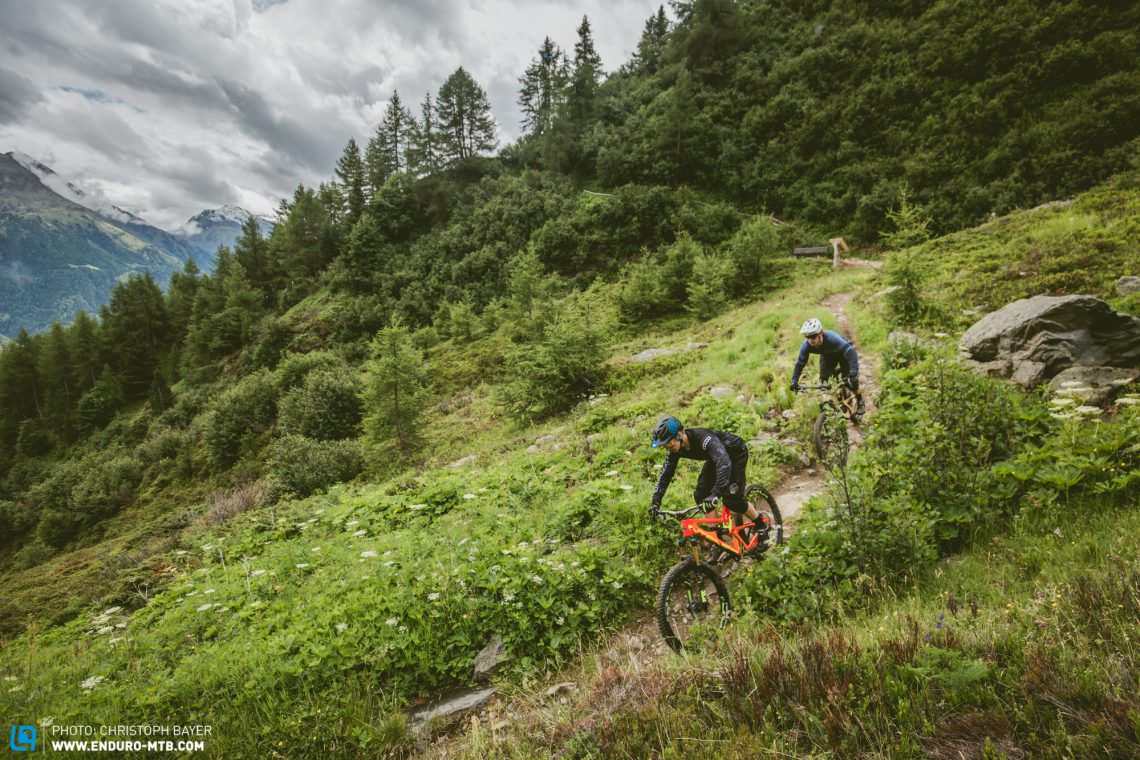
On the climbs
But enough of the figures, what counts is how these bikes ride – and we aren’t just talking about the descents. First up, there’s good news: both bikes can get you reliably up to the top, but the Nomad demonstrates way more efficiency than the Tracer – despite being longer-travel. The Tracer requires a flick of the FOX X2 shock’s platform damping in order to stop the rear end from bobbing. In terms of traction, both bikes are great, with neither showing any weaknesses on steep gradients. The Intense charges ahead on long, technical climbs, as the Santa Cruz’s slack head angle (even in the steep setting) results in a bit of unwanted lifting at the front and the slacker seat angle doesn’t help your body weight distribution. Result: a draw.

Their sensitive sides
The bikes are in their element on descents, with both sets of suspension working superbly. We found that the Intense’s rear shock felt best with almost fully open compression (3 clicks from open), while the Nomad’s balance soared with 6 clicks of low-speed compression damping on its Super Deluxe without any loss in its sensitivity. On paper the Nomad only has nominally more travel, but every millimetre is felt – and appreciated – on the trail, seeing the bike with masses in reserve and the hunger to gobble up everything in its path. However, the Intense is anything but insensitive, and is responsive and stable in its travel – much like the Nomad. Both bikes are nicely progressive. At first, it’s hard to determine any major differences between the FOX 36 and the RockShox Lyrik, as they’re both able to be tuned to suit the rider and give an outstanding performance. However, after extensive testing the FOX sits higher in its travel and doesn’t blow through its travel as quickly as the Lyrik, which also frustratingly creaked at the crown under braking. If one had to select a downright winner, it’d go to the Nomad’s rear end (mainly because of its uphill efficiency), while the Tracer boasts the better fork.
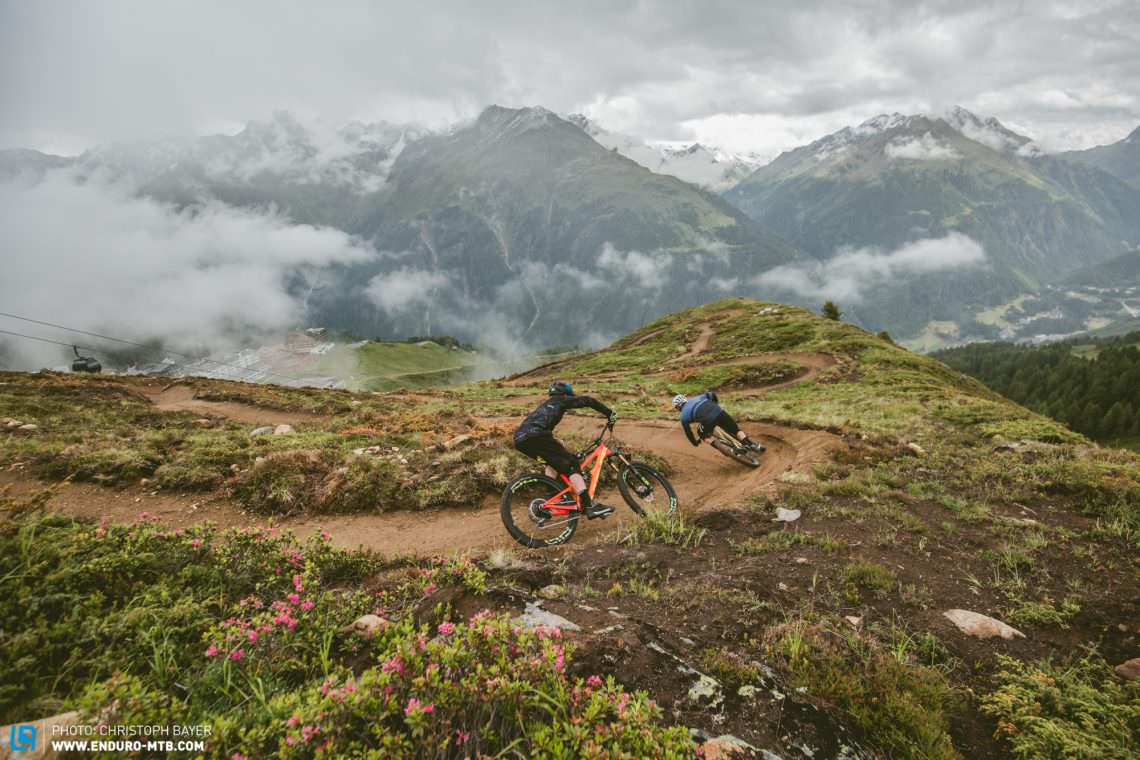
Handling: corner killer vs. the barge
After the pretty-hard-to-decipher differences on the climbs and descents, we tackled the issue of the bikes’ handling, throwing up an unexpectedly huge divide – especially given that both bikes have almost identical reach, stack, and chainstay lengths.


The Intense can be seen as much more good-natured and easier to handle. Game for corners, the Intense steers willingly. The Nomad, with its lower BB, slacker head angle, and plusher suspension, seems much more suited to high speeds, and it inspires you to continually push the pace and let go of the brakes – so much so those small rotors soon become an issue. Fortunately, it’s so stable that it will bring you out of all the scary situations! Cornering on the Nomad needs a bit of experience to keep the pressure over the front wheel for grip. Riders with Nomad experience might find the latest iteration to be too aggressive, as the fun doesn’t really get going until you’re on the steepest, fastest sections of the bike park or trails. The Intense is good and stable at high speed, just not as good as the Nomad. Manualling on both bikes is effortless, and they’re both game to be sent!
Style kudos
The new Tracer is definitely one for those who are partial to bright, bold colours, and it feels like Intense have succeeded in somehow weaving in every possible neon colour (and more). Santa Cruz have taken the opposite tact, opting for an understated, sandy-coloured matte paintjob that commands admiring looks on the trails. At the many bike parks we rode during testing, it was the Nomad that captured people’s attention, getting dowsed in envious looks. So even if bling-bling is your thing, we’d still suggest going for the Nomad and its more muted tones.
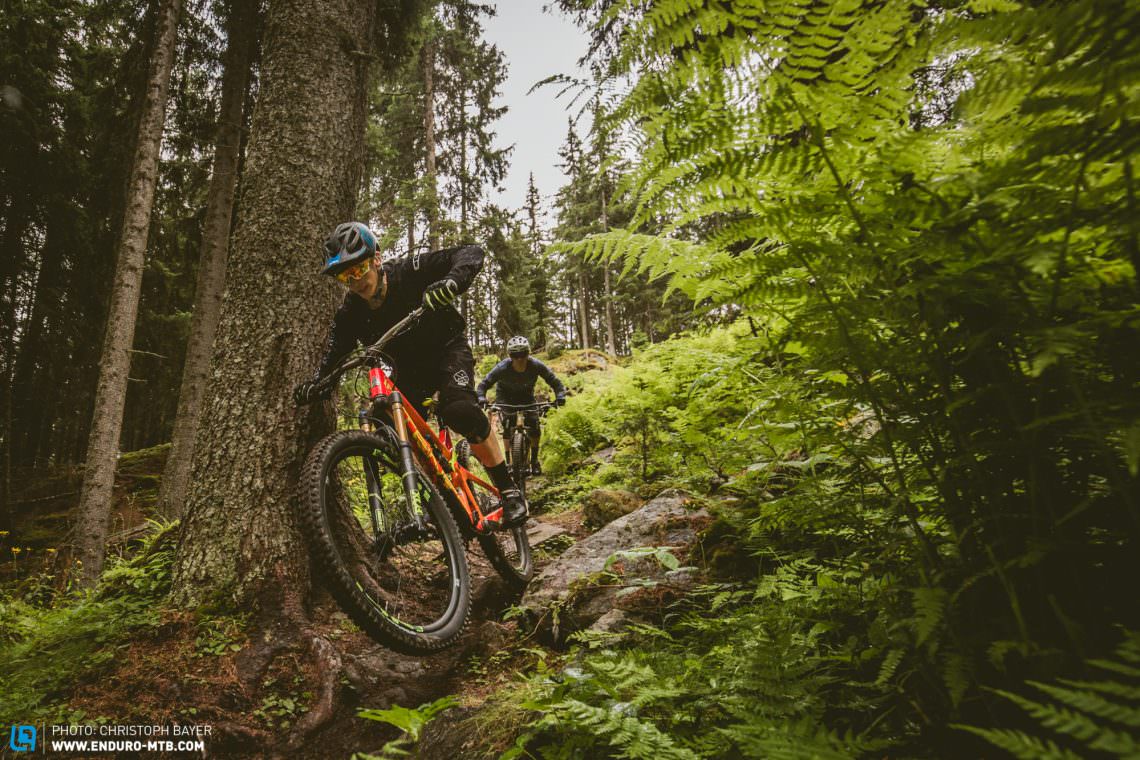
Nomad vs. Tracer: Which is the best enduro bike?
It’s hard to determine the real winner in this duel. The Nomad has an impressively supple rear end, stylish details, and a life-long guarantee, but its extreme geometry renders it just too much bike for many riders on more regular trails. It shines brightest in bike parks and really rough sections. The ‘more affordable’ Intense comprises a really balanced, good-natured handling package and an equally brilliant suspension. While the Intense shows a few shortcomings in certain frame details, it still comes across as the more rounded total package. If you were letting your head rule this decision, you’d probably walk away from both bikes. However, buying a bike isn’t always based on the head – sometimes the heart shouts the loudest, right?
For more info head to intensecycles.com and santacruzbicycles.com
Did you enjoy this article? If so, we would be stoked if you decide to support us with a monthly contribution. By becoming a supporter of ENDURO, you will help secure a sustainable future for high-quality mountain bike journalism. Click here to learn more.
Words & Photos:












